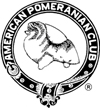Sable is a pattern referring to dark banding on the long, harsh guard hairs of the coat. It can vary from very heavy, dark sabling to rather sparse. It also can vary in exact pattern and shade, as other recessives can affect the coloring of the black pigment.
Heavy (Orange) Sable
Heavy sables are noted for having a great deal of black guard hairs all over their body. They may appear practically black & tan but with more orange on their legs and head than a black & tan would have. These dogs frequently carry black & tan so may be a(y)a(t) genetically, but there may be other genes at work, perhaps the saddle sable a(s) gene or one copy of the wolf sable pattern a(w) paired with a(y) or a(s) (or even recessive black, a).
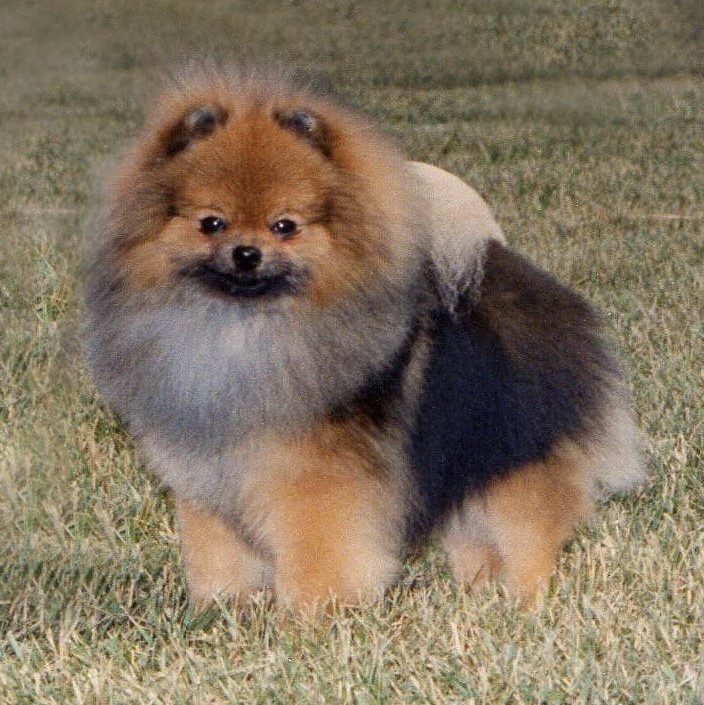
Heavy Sable Adult 
Heavy Sable 6 mos 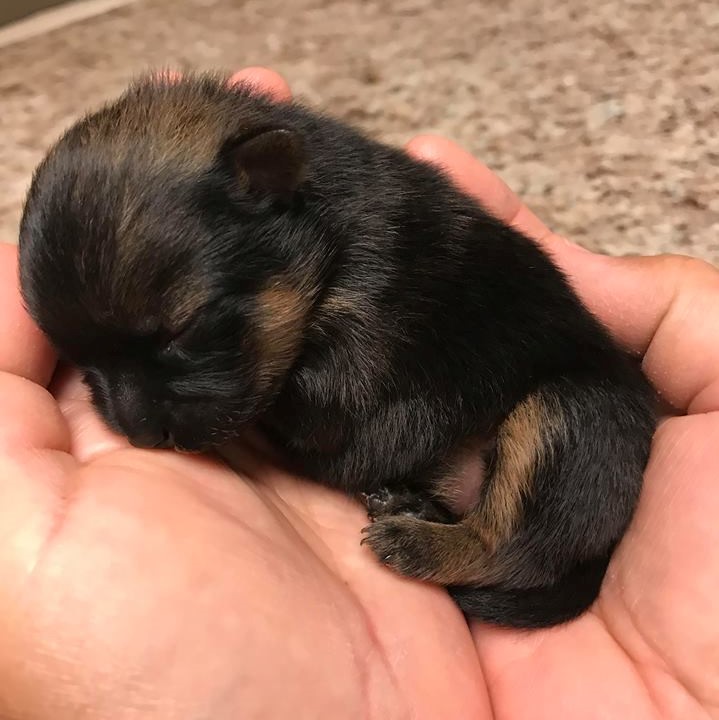
Heavy Sable Newborn 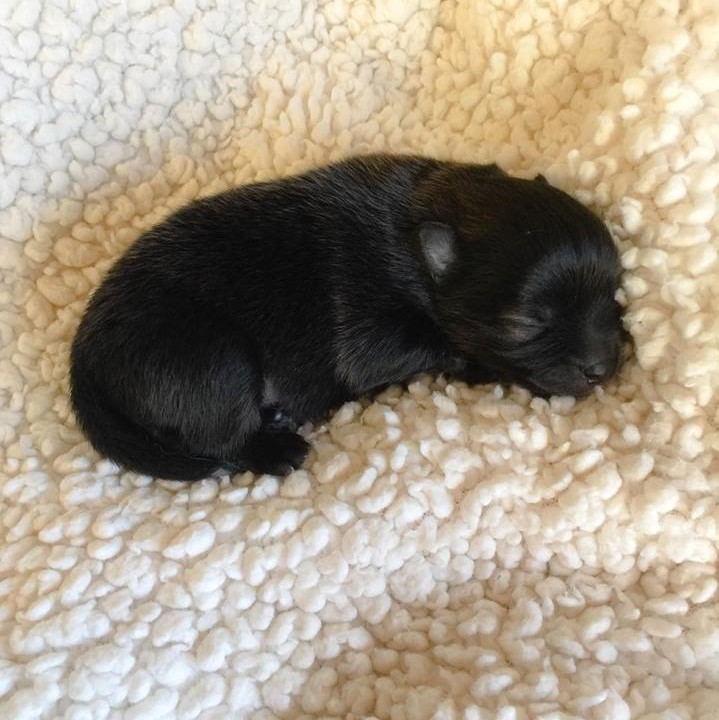
Heavy Sable Newborn 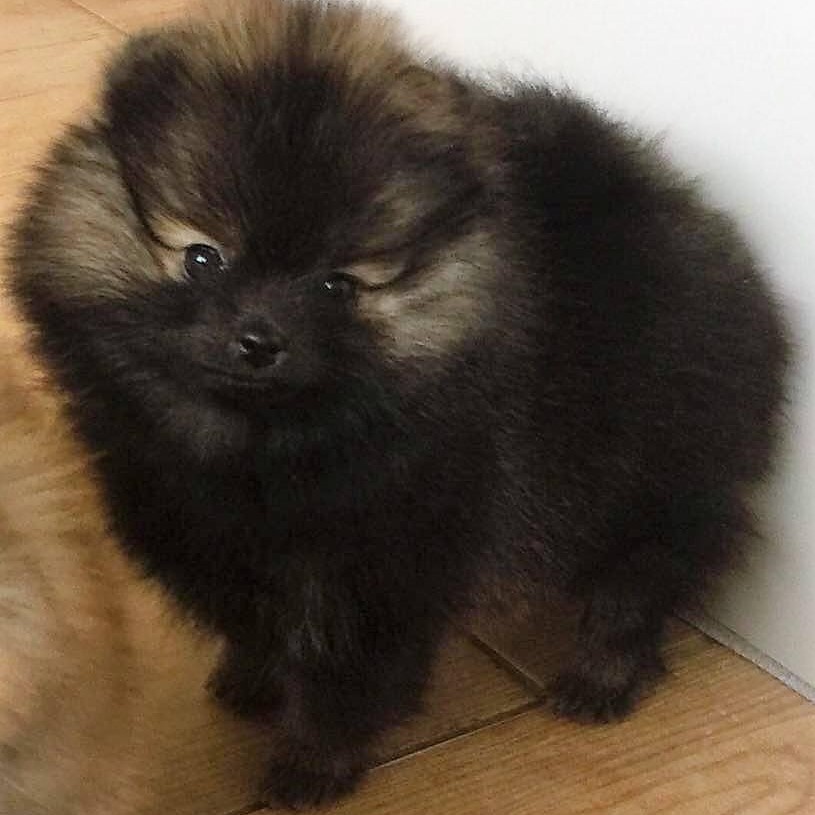
Heavy Sable 8 wks 
Heavy Sable Adult 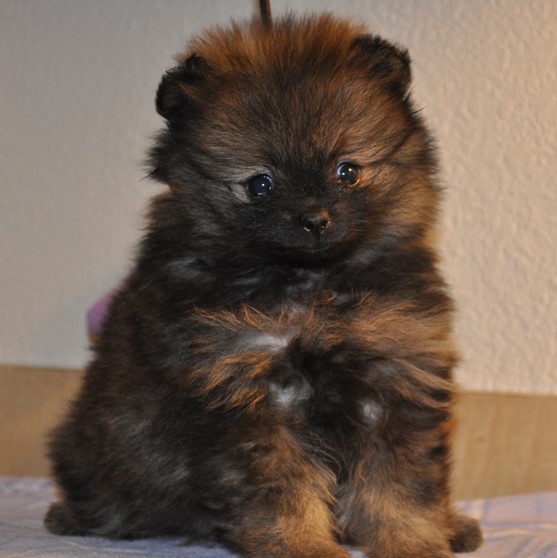
Heavy Sable 8 wks 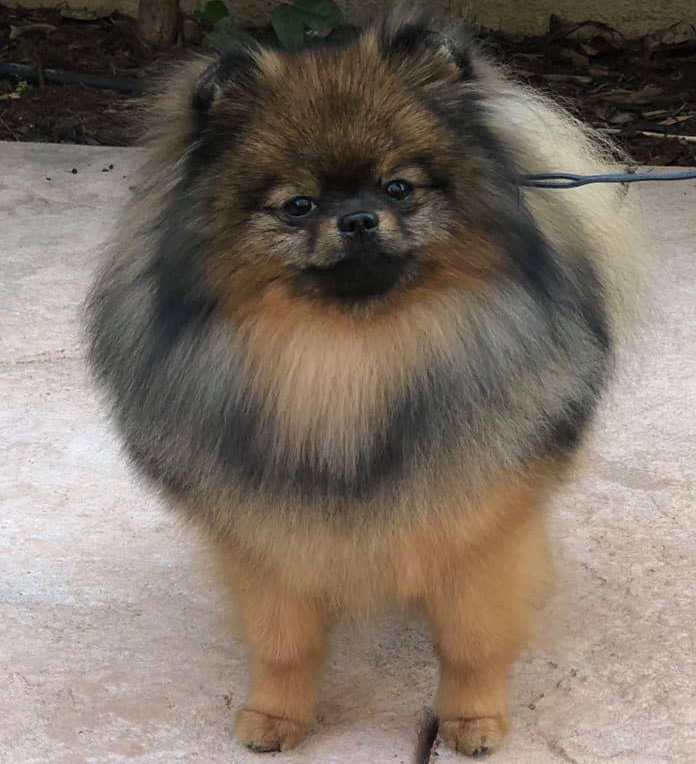
Heavy sable adult 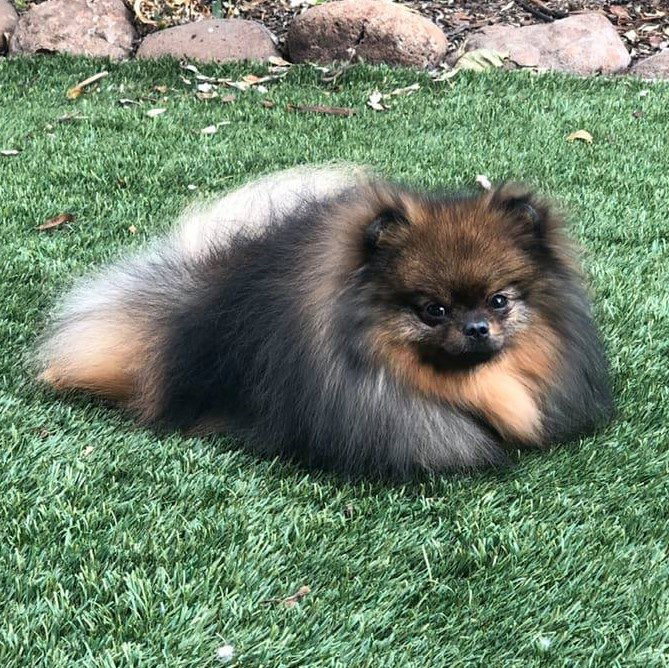
Heavy sable adult
Red Sable
Red sable is very similar to orange sable, but rather than having an orange base color they have a redder hue. Traditionally the color is compared to that of an Irish Setter, but with black sabling (guard hairs).
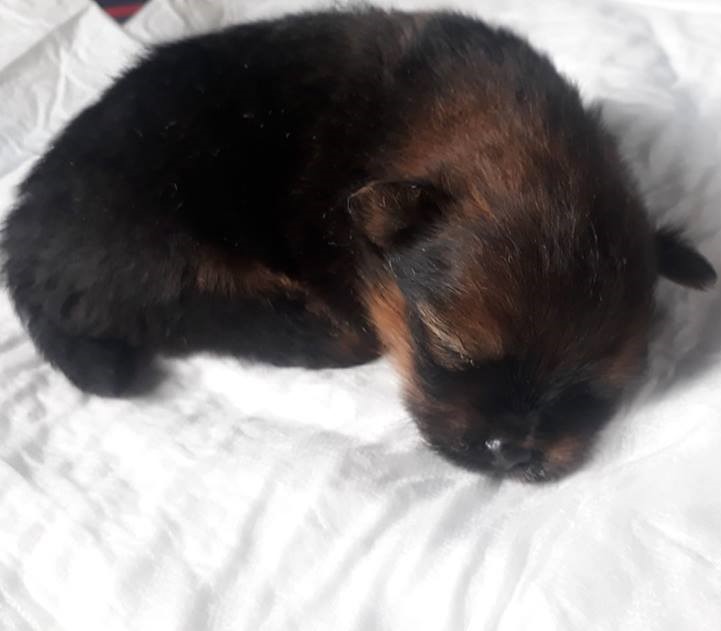
Red Sable newborn 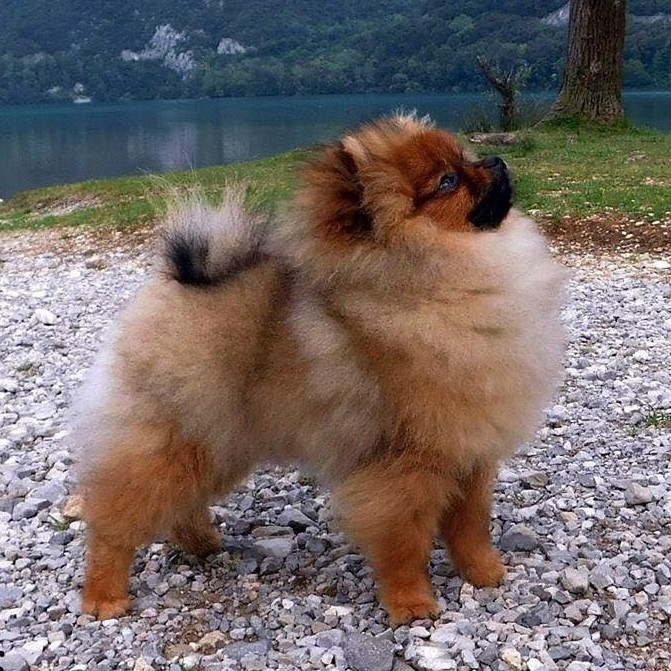
Red Sable 6 mos 
Red Sable Adult 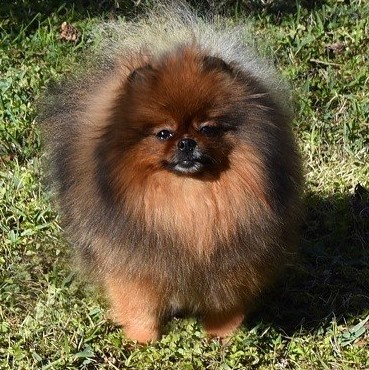
Red sable adult 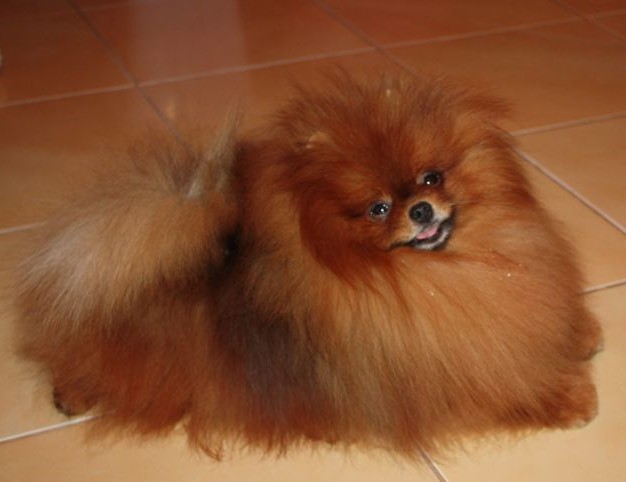
Red sable adult
Wolf Sable
Wolf sable refers to the pattern created by the a(w) wolf sable gene. It is the same gene seen in Keeshonds. Like the Keeshonds they should have lighter “spectacles” around the eye if they are truly wolf sable, unlike the heavy orange sables.
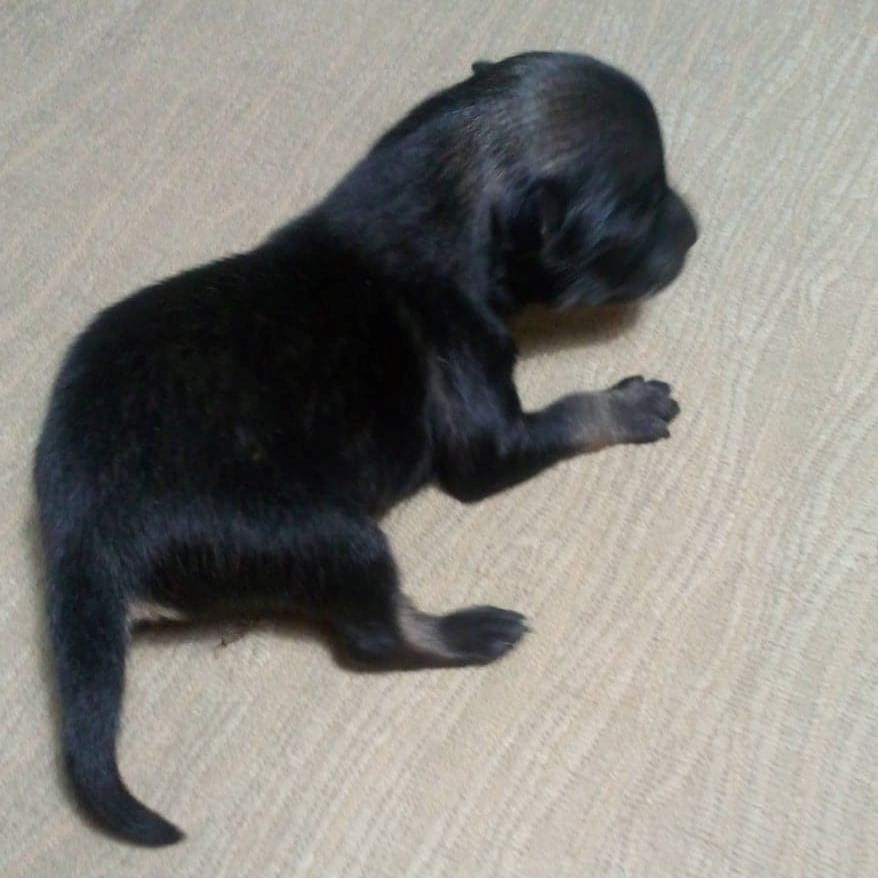
Newborn wolf sable 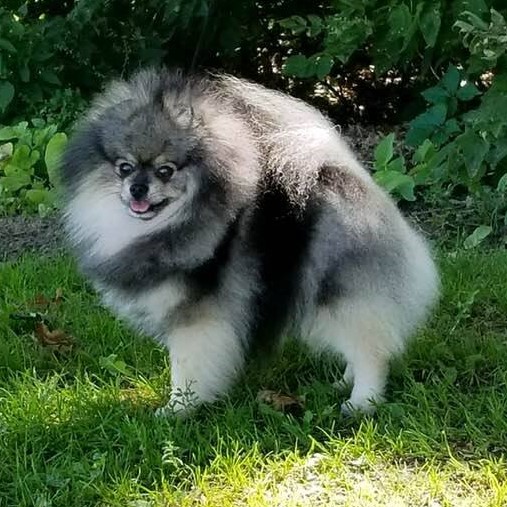
Adult wolf sable 
Adult wolf sable 
Wolf sable 8 wks 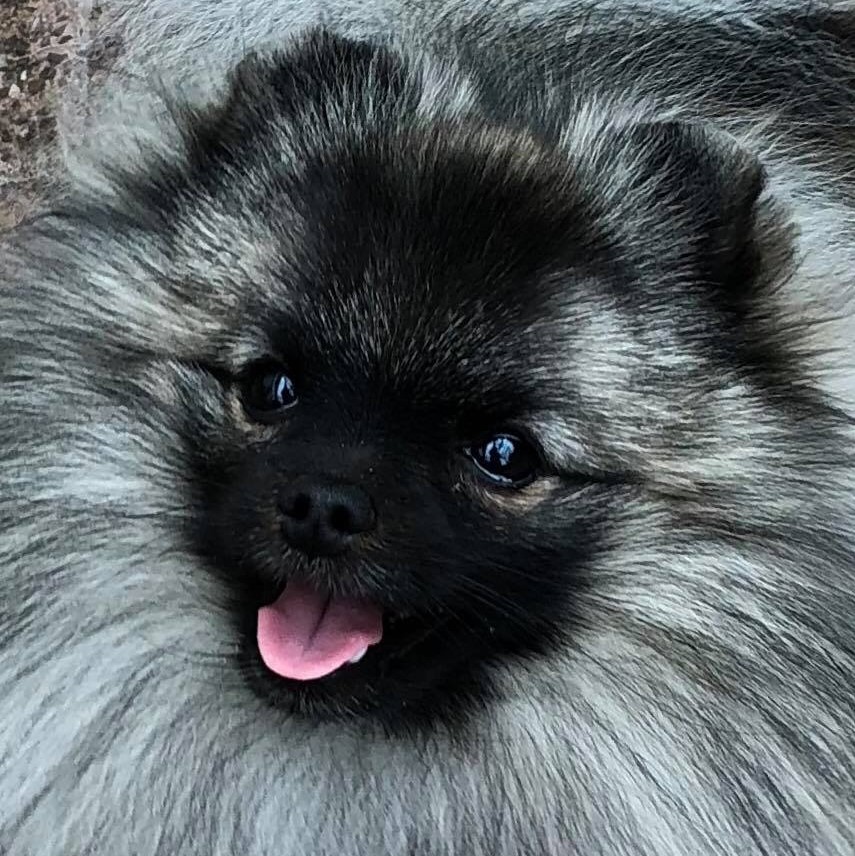
Wolf sable adult 
Wolf sable 6mos
Cream Sable
Cream sable is the name given to dogs who have paler coloring than orange sables which have black sabling. They sometimes appear more silvery as young puppies and as adults have a cool cream coloration rather than a warmer orange. It’s not entirely clear what genes are at play in making the color paler. It is not related to the clear orange gene (ee) since that removes all black pigmentation.
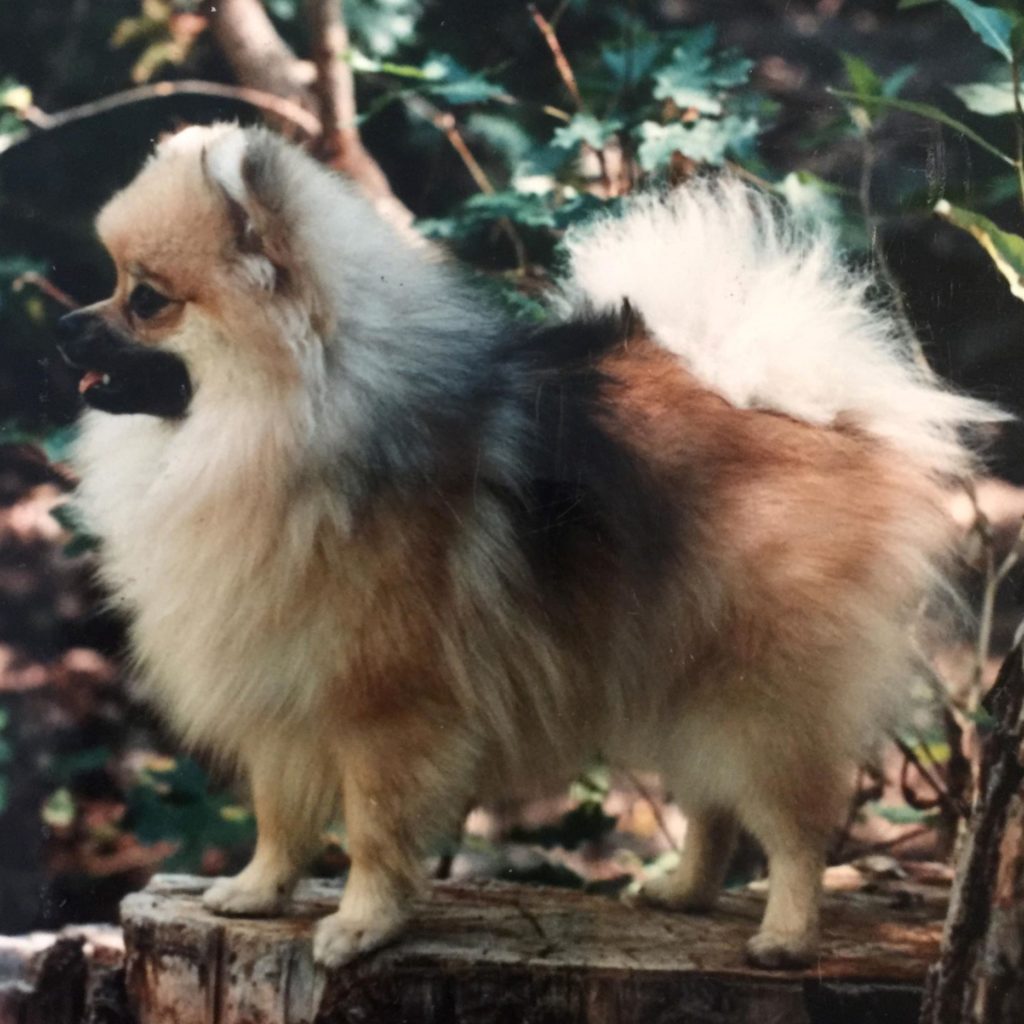
Cream sable adult 
Cream sable adult 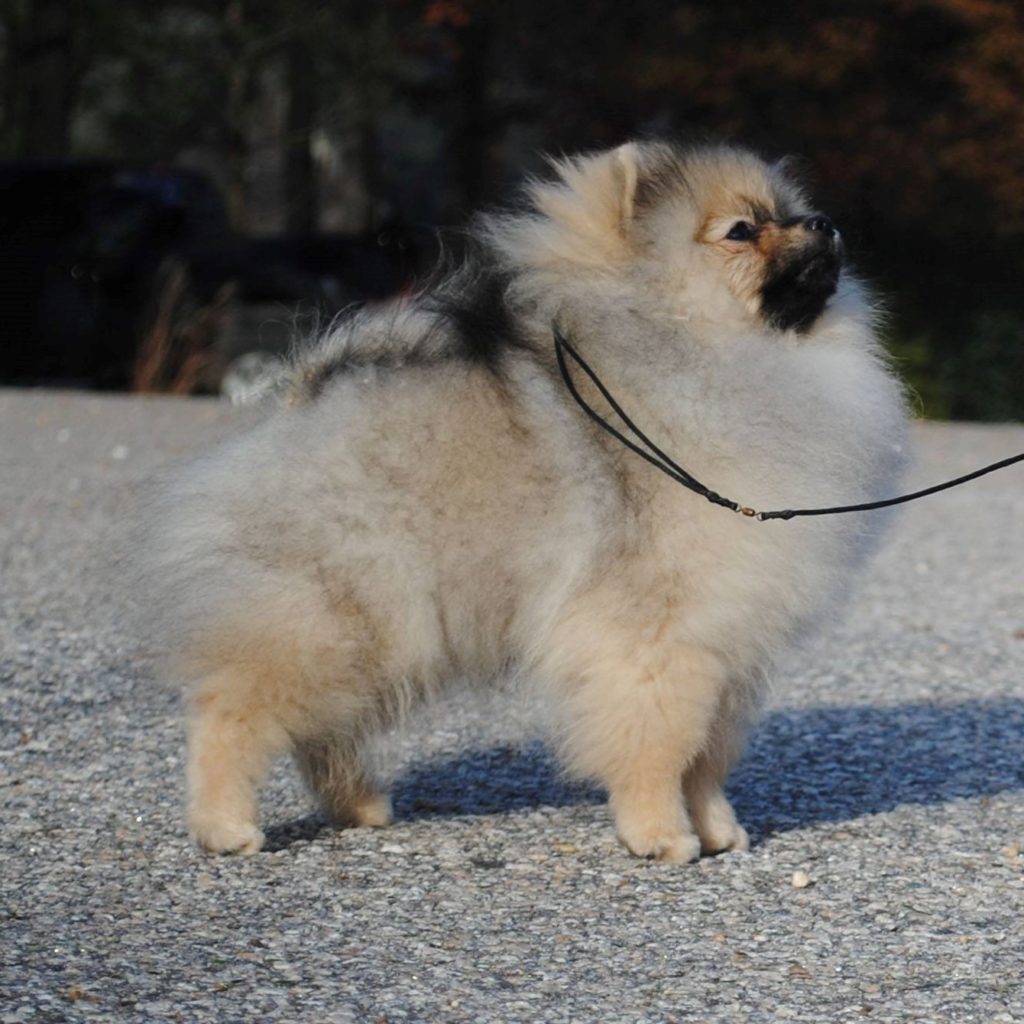
Cream Sable 6 mos 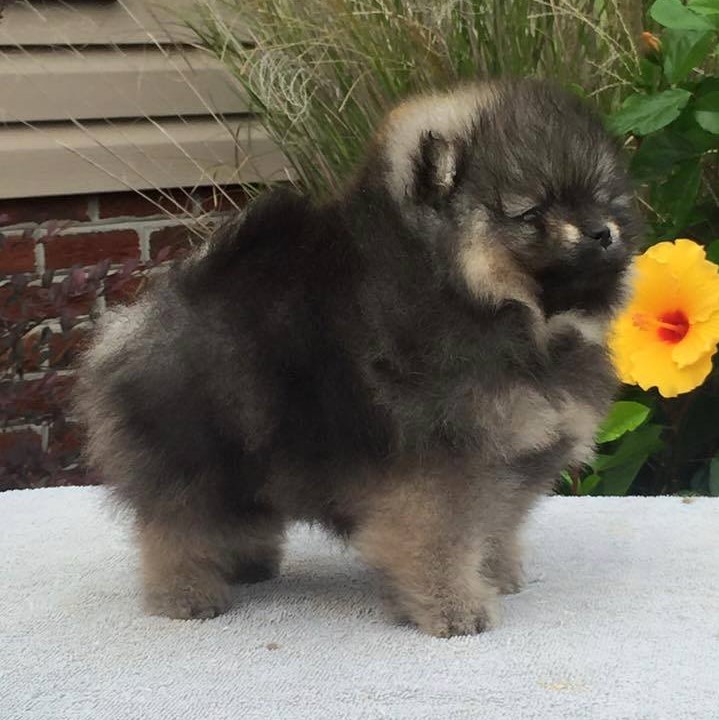
Cream sable 8 wks
Chocolate Sable
Chocolate sables are the same as orange sables but they have two copies of the brown (b) gene – bb. This gene turns all black pigment (including on nose, eye rims, and paw pads) to brown, so this affects what would have been black sabling and turns it to brown. The orange on the body can be a more coppery, warm brown as well. As newborns, like with orange sables, they can often be mistaken for chocolate & tan, but eventually you can tell that the coloration on the body and forehead isn’t solid brown, but banded with sable.
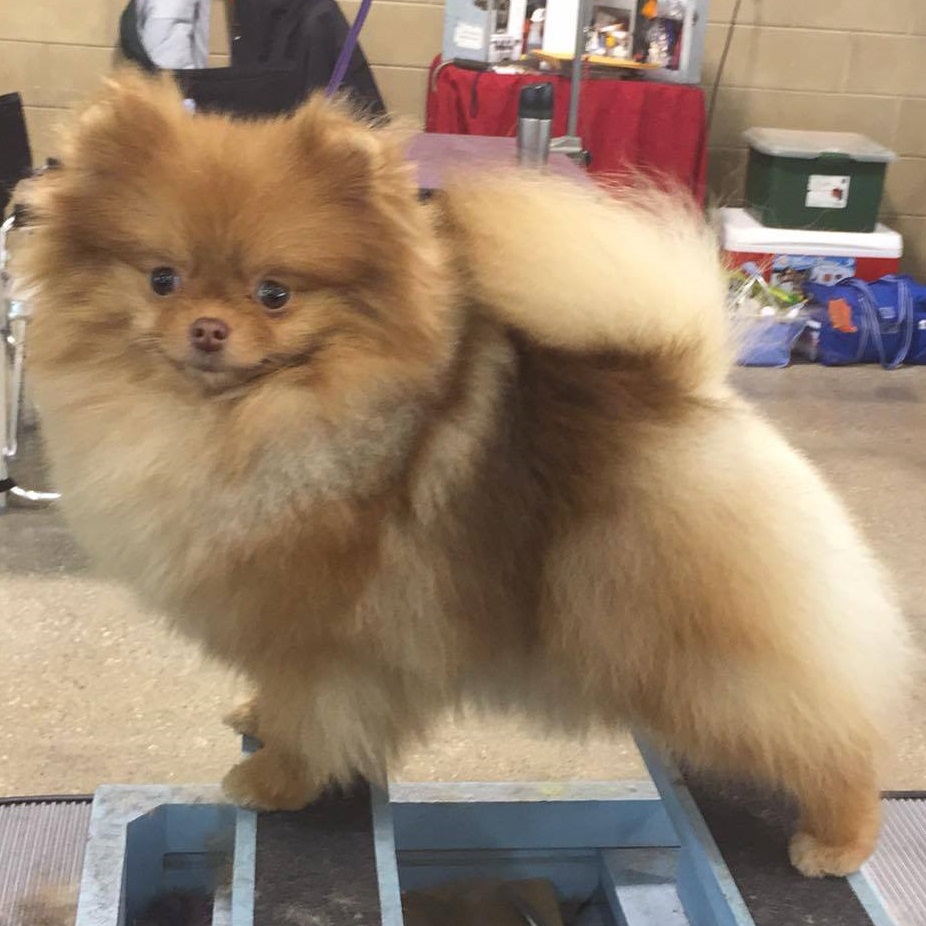
Chocolate sable adult 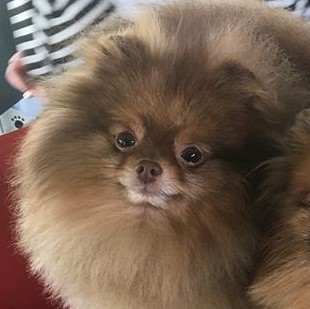
Chocolate sable adult 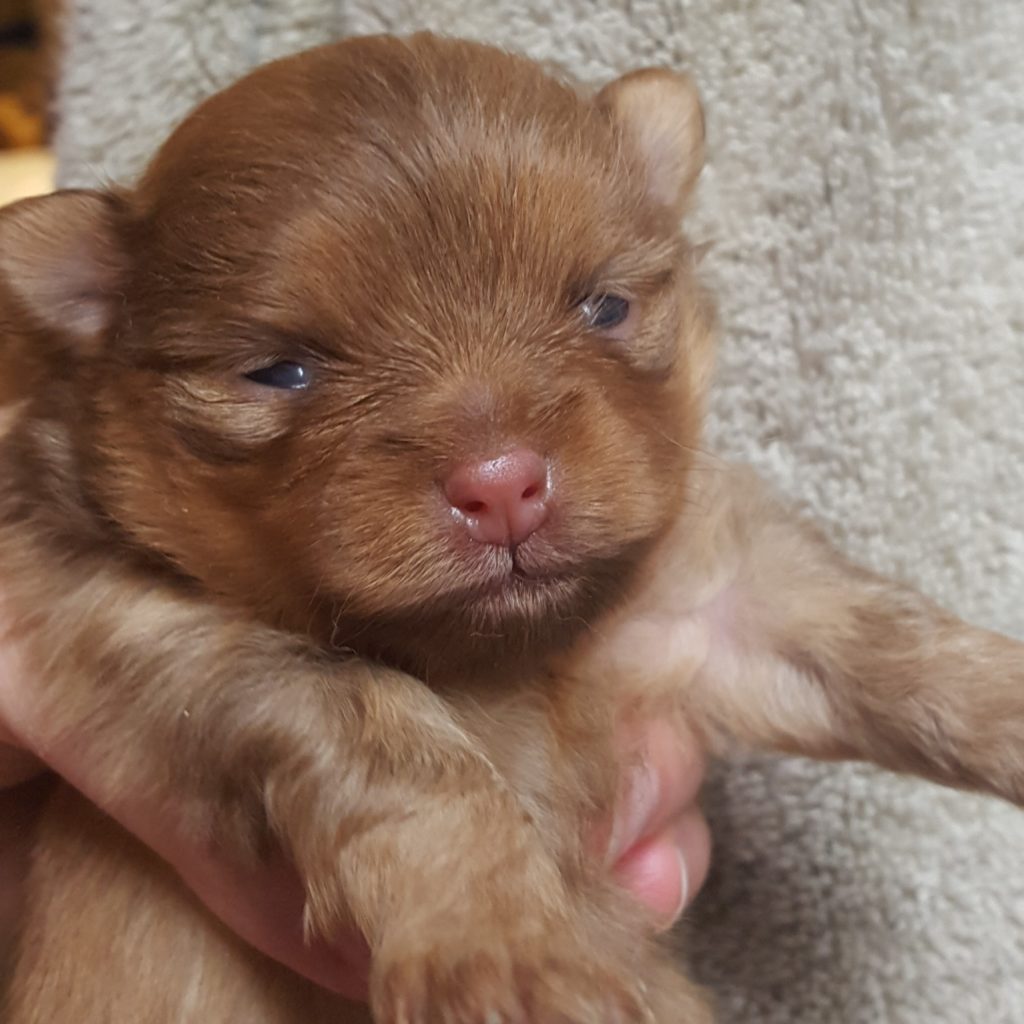
Chocolate sable newborn 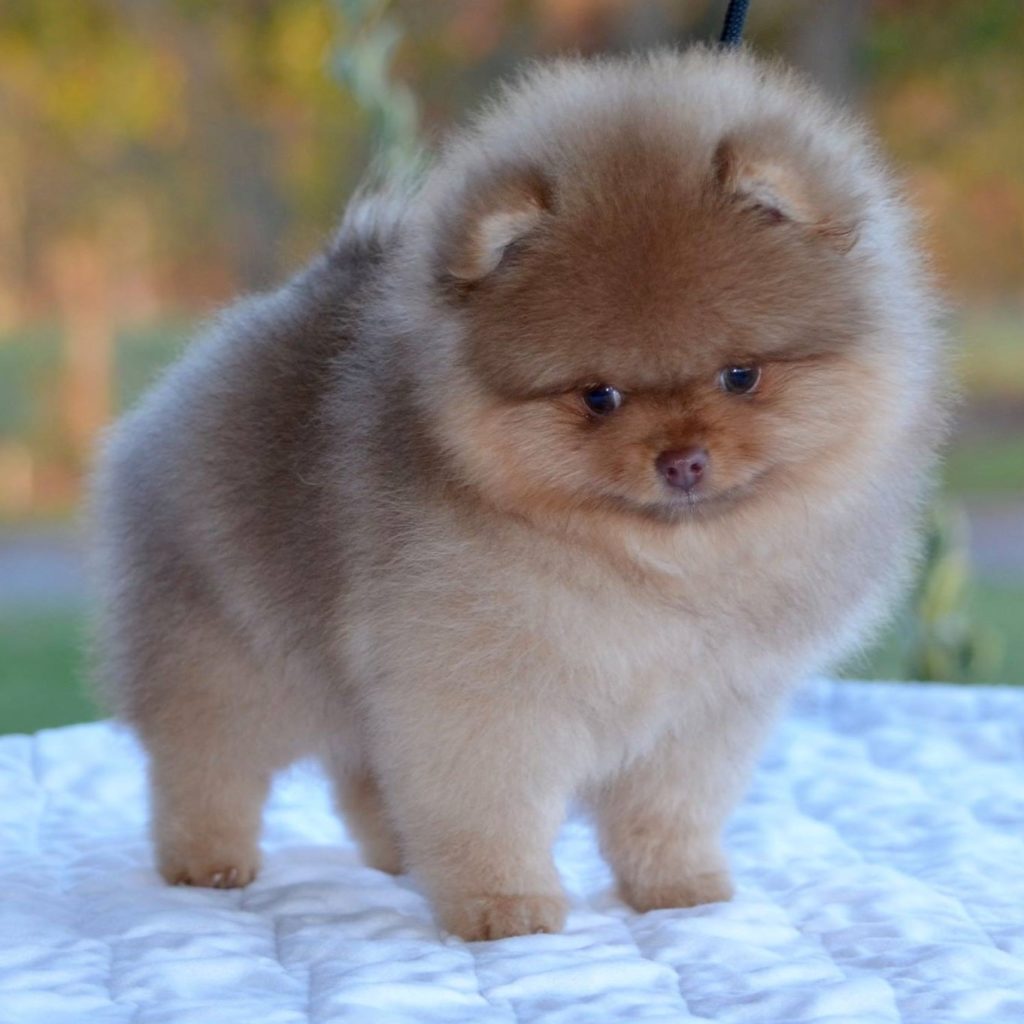
Chocolate sable 8 wks
Blue (Dilute) Sable
Blue sable is the result of the dilute d gene reducing the depth of the black pigment to where it appears to have a bluish cast. The orange in the coat is often a more coppery color as well. They sometimes will look blue at birth.

Blue sable newborn 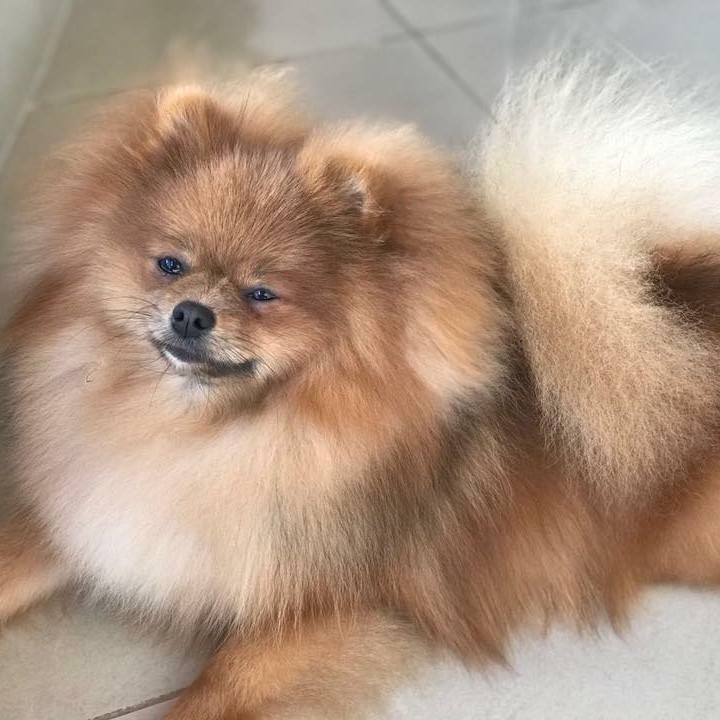
Blue sable adult 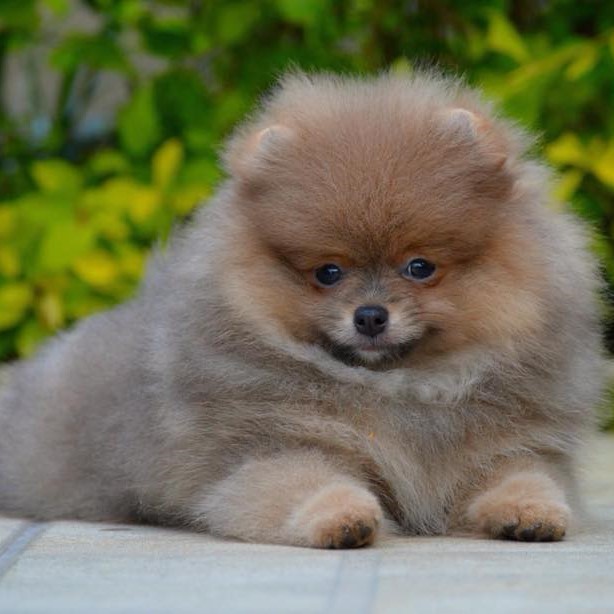
Blue sable 8 wks 
Blue sable adult
